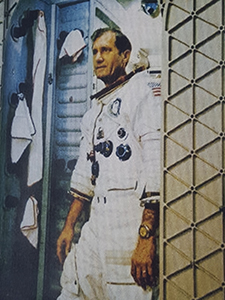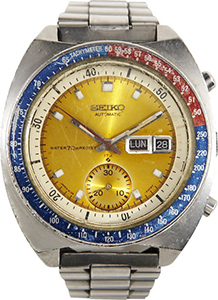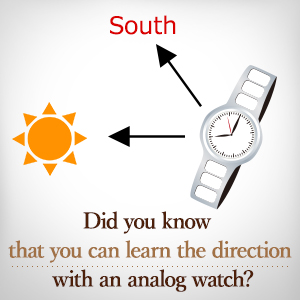On November 16, 1973, when Mr. William Pogue, a NASA astronaut, boarded the Saturn IB rocket, he put a Seiko wristwatch in the pocket of his space suit.
The watch was a Caliber 6139 Seiko "5 SPORTS Speed-Timer," the world’s first automatic chronograph, which Seiko launched in the spring of 1969. Mr. Pogue purchased it for 71 dollars at that time at a kiosk in the air base.
Seiko watches were not officially approved by NASA. However, when flight training started, official watches were not yet distributed to astronauts. Therefore, Mr. Pogue did flight training while wearing a Seiko. “I found this Seiko to be very convenient when measuring the burn time of a rocket engine using the rotating bezel,” he said. Mr. Pogue wanted to use the Seiko in space as well, and decided to carry it with him on the mission in his personal belongings. On the space station, he completed his assignments wearing the NASA official wristwatch on his right wrist and the Seiko on his left.
Because of the highly efficient automatic winding performance, the Caliber 6139 did not have a manual winding mechanism. Even though it did not have the specifications to withstand the space environment, the oscillating weight was rotated when he moved his arm, and kept time accurately even in the weightlessness of space.
The wristwatch selected by Mr. Pogue had a bright yellow dial. Nearly 50 years since its release, the vivid design remains contemporary-looking and attractive.
Mr. Pogue made 1,214 revolutions around the Earth on that Skylab 4 mission, and completed his assignments at the space station for 84 days, which was the record for being in space at that time. Mr. Pogue cherished his wristwatch for many years after he took off his space suit, but in 2008 he decided to put it up for auction. He donated the money to the Astronaut Scholarship Foundation, a foundation for the development of astronauts.
Source: Heritage Auctions - Official Site 2008




